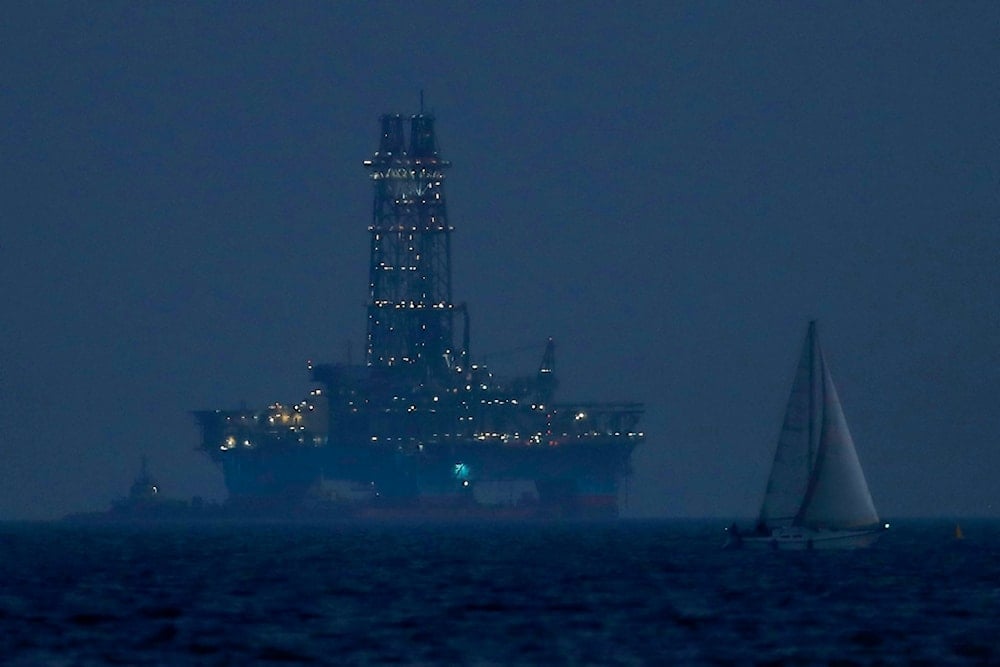European gas prices reach highest point in 2 years
Europe's gas reserves wane as demand for heating increases due to colder temperatures, putting the gas storages at their lowest point in 2 years.
-

An offshore drilling rig stands in the waters off Cyprus' coastal city of Limassol, July 5, 2020, as a sailboat navigates in the foreground (AP)
The prices of natural gas in Europe have hit their highest point in 2 years as winter hikes the demand on heating and depletes the continent's stored resources, raising benchmark futures to 59.81$ a megawatt-hour.
Northwest Europe is facing freezing temperatures in the coming days. The increased demand for heating risks draining stockpiles that are already at their lowest point at this time of the year since the Energy crisis in 2022.
Inventories are 49% lower this year, whereas at the same period last year, these inventories were 67% full. Chief Analyst at Global Risk Management warned that Europe could have very low gas inventories by the time spring comes because major energy corporations are reluctant to store fuel at current prices.
Gas storages are now less than half full, the lowest level year-on-year since 2022, with prices so high that it would be unprofitable to fill them up for a prospective emergency.
EU put in a tough spot between gas and Trump
Gas reserves saw the fastest rate of depletion since the energy crisis three years ago, with the volume of gas in storage facilities dropping 19% from September to mid-December, partially due to the decline in naval imports.
The gas depletion rate was only in the single digits during the past 2 years thanks to higher temperatures curbing the need for heating and high prices reducing the industrial demand for natural gas.
However, gas consumption in Europe is expected to increase 17% this month from a year ago amid increasing civilian and commercial demands, a monthly outlook from ICIS said. What is to come next could be even worse as Northwest Europe is bracing for freezing temperatures in the coming days, an event that would starkly increase heating demand, and amid the low stockpiles and the lack of incentive to refill them, a crisis could be impending.
Meanwhile, Trump put the EU in a tough spot, giving them the choice to import more oil and gas from the US or face tariffs, a tool that Trump emphasized during his campaign as the way to achieve economic prosperity.
The EU imported more natural gas from Russia than the USA between April and June last year, with gas imports from Russia reaching 12.7 million cubic meters, while imports from the US reached 12.3 million.
Russian gas used to account for 40% of the EU's supply of gas, however, after the start of the Russo-Ukraine war, as the EU moved away from Russian gas, prices surged and supply dropped, putting the European Union in a dilemma.

 3 Min Read
3 Min Read








